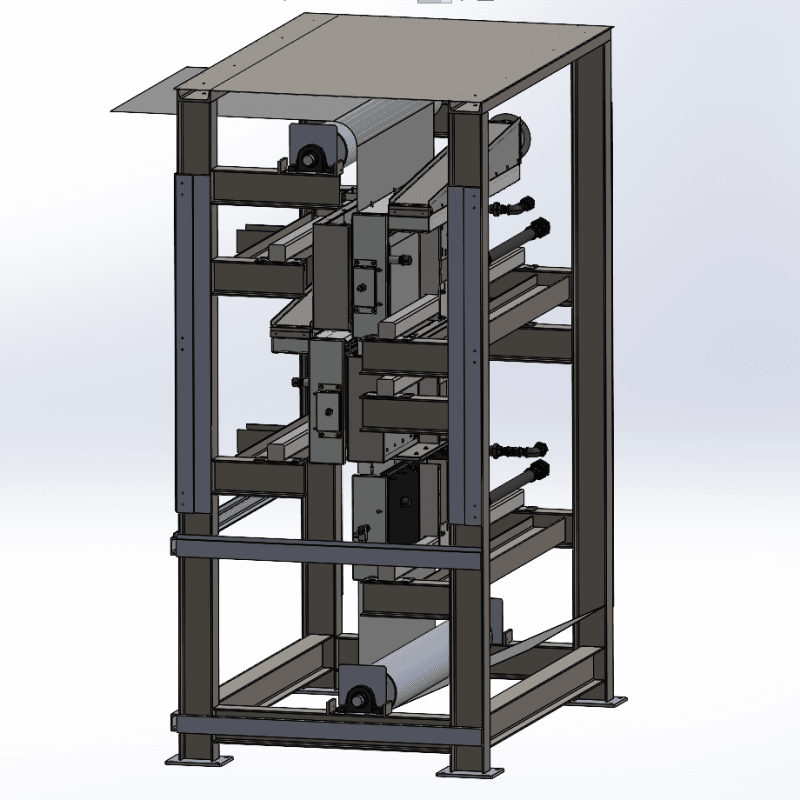shingles
Mechanical
- Apr 12, 2022
- 5
Hello, I have a question regarding an A36 steel structure (I beams) we are about to release to be fabricated. The structure will be supporting burners that will have a maximum temperature of 230deg F for durations up to 120hrs at a time. From everything I have found, it is suggested to not use A36 steel for high temperature applications but this is never defined. Are there any tables or studies that will help with determining if we should explore a different material to build the structure out of?

